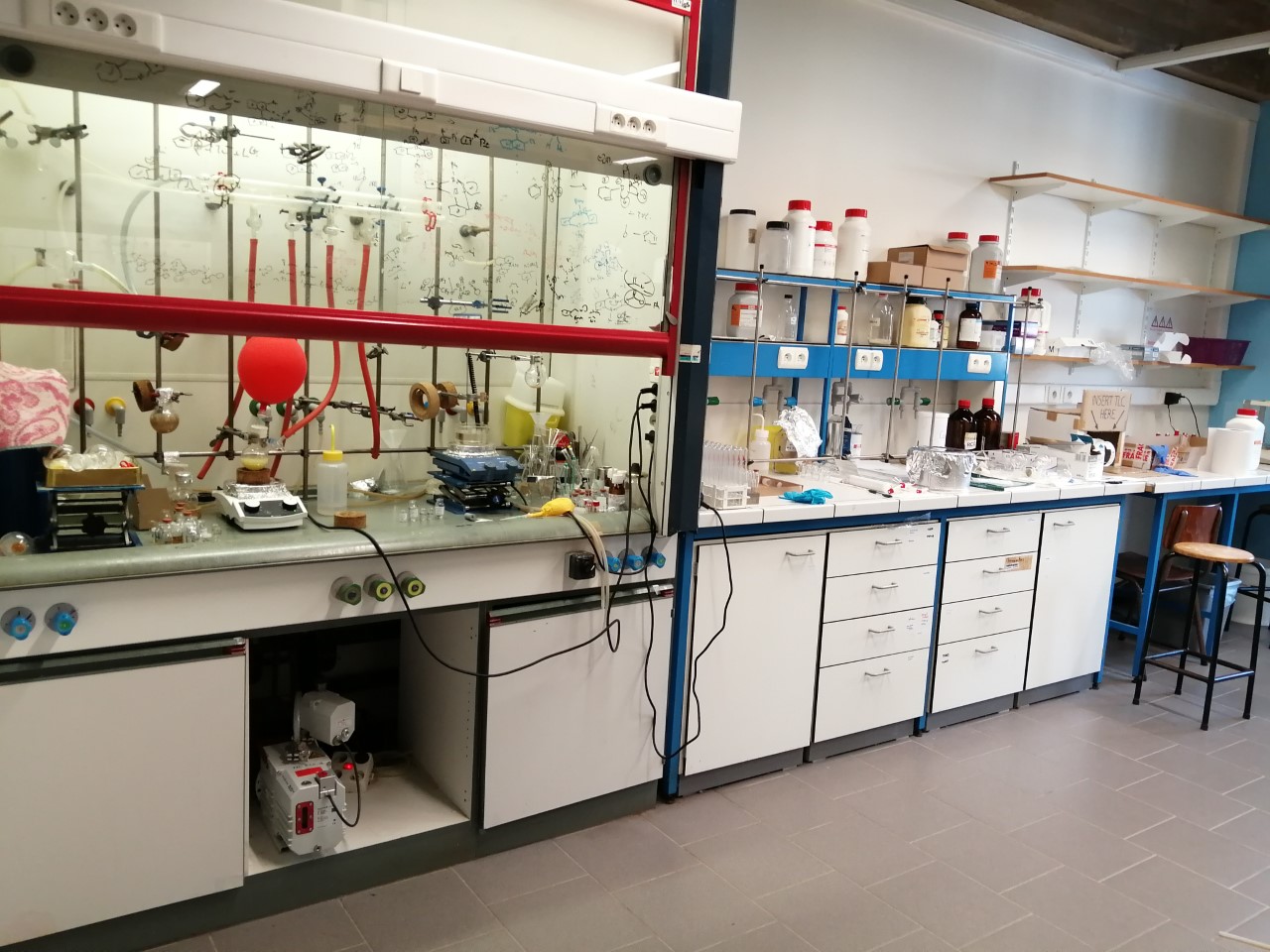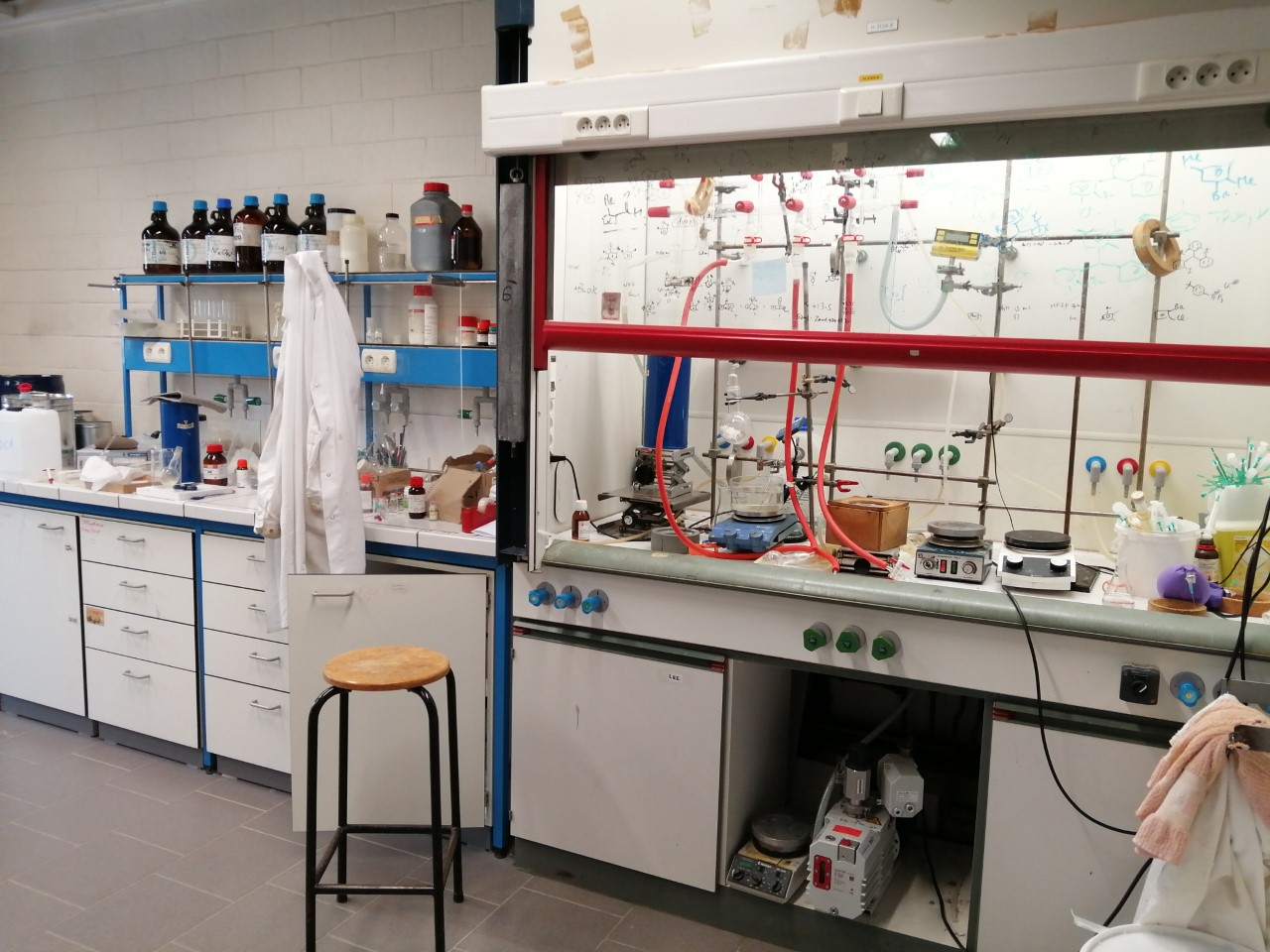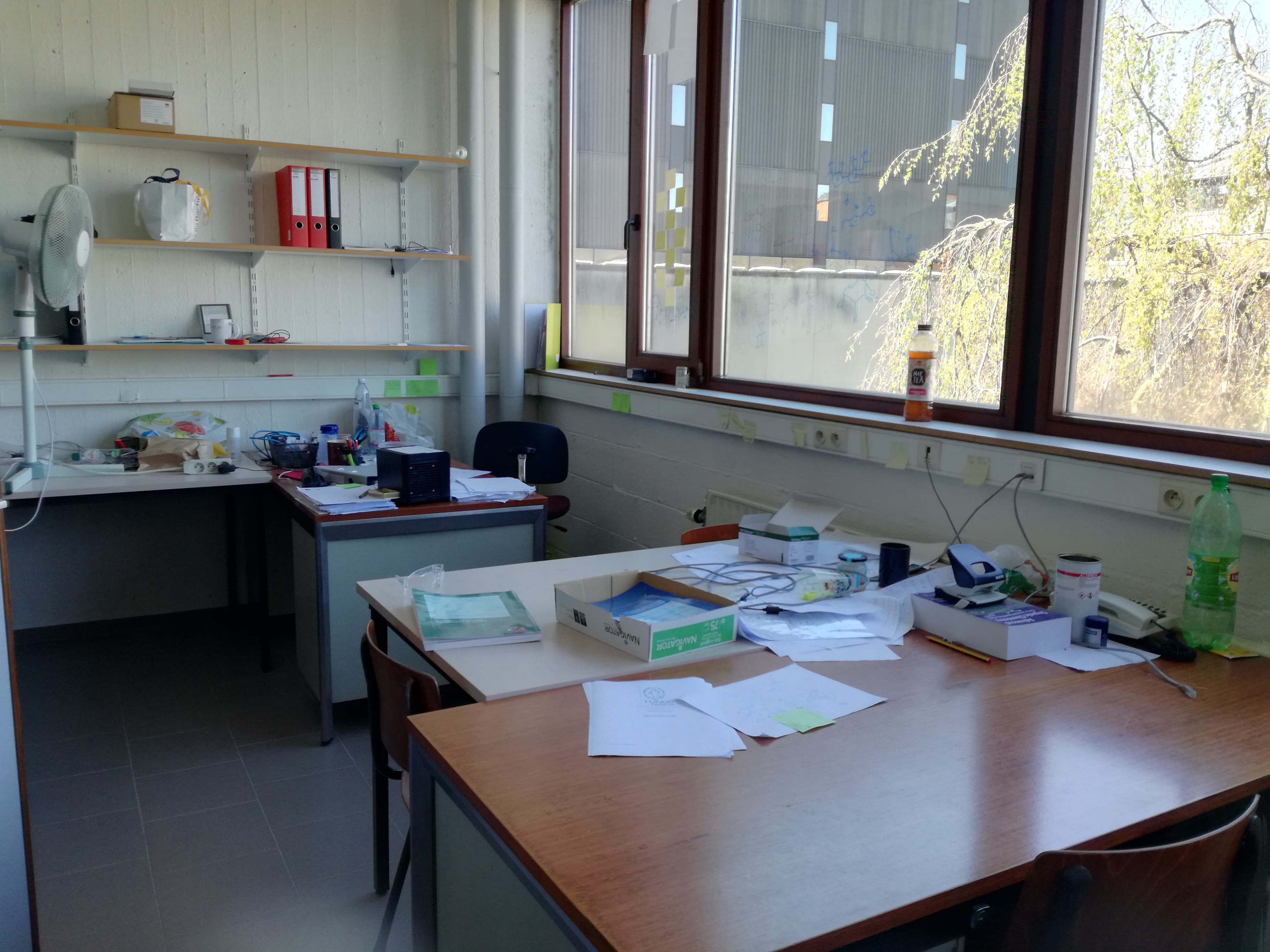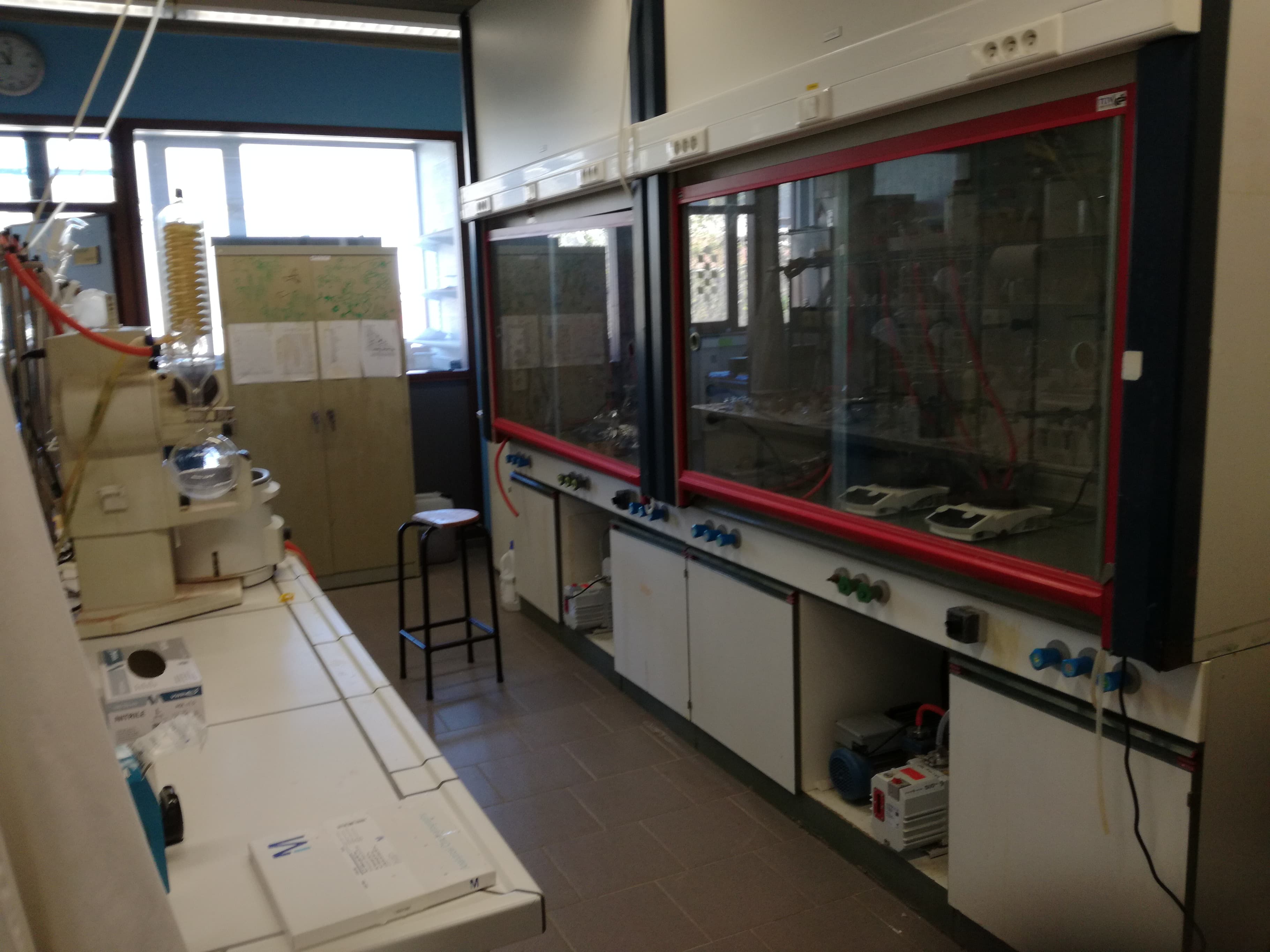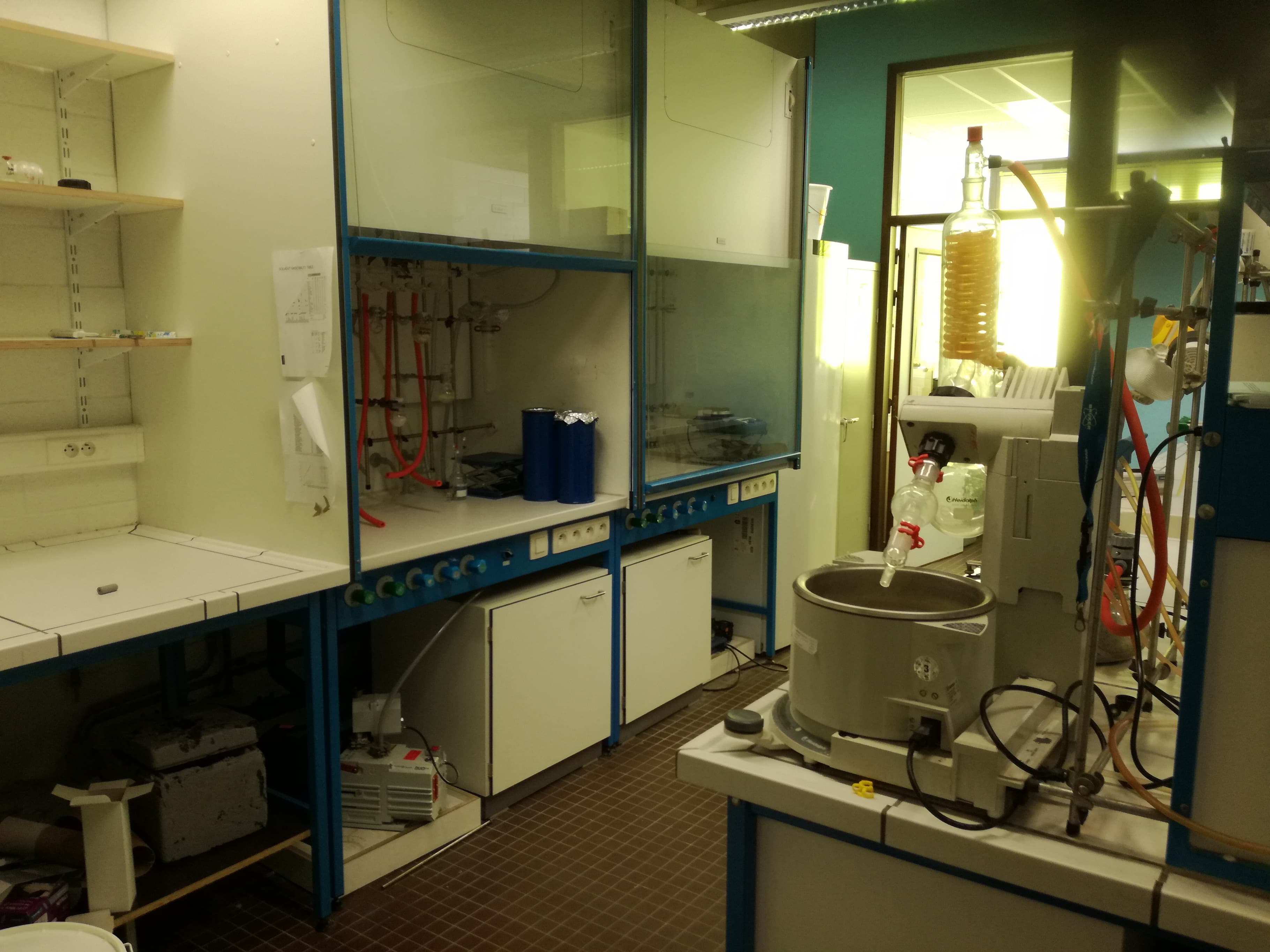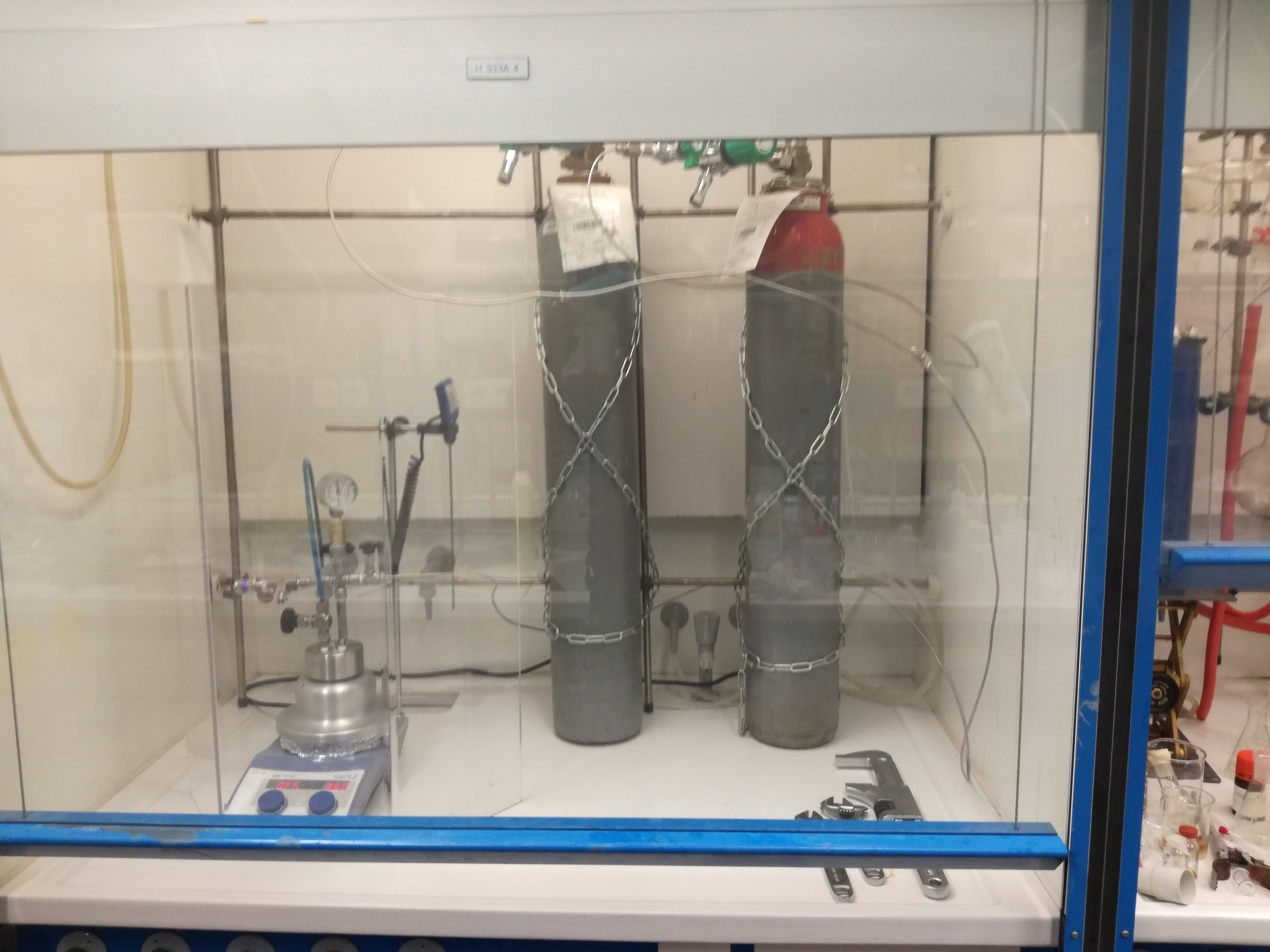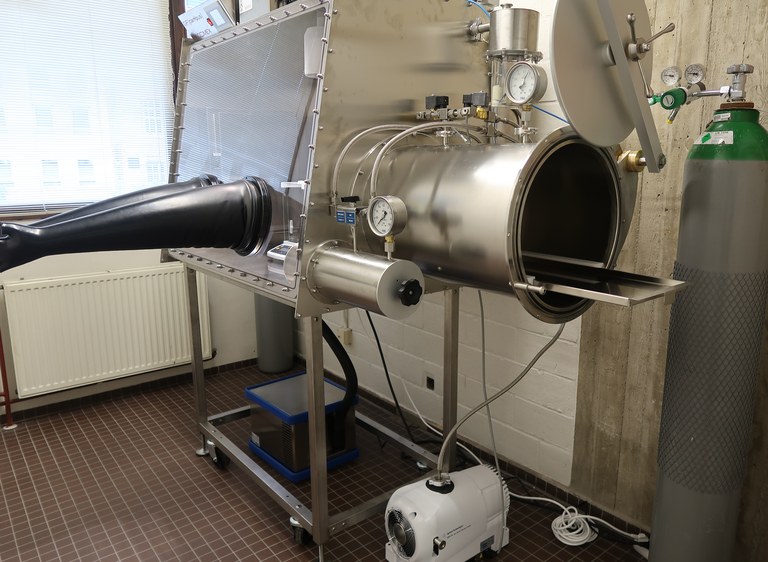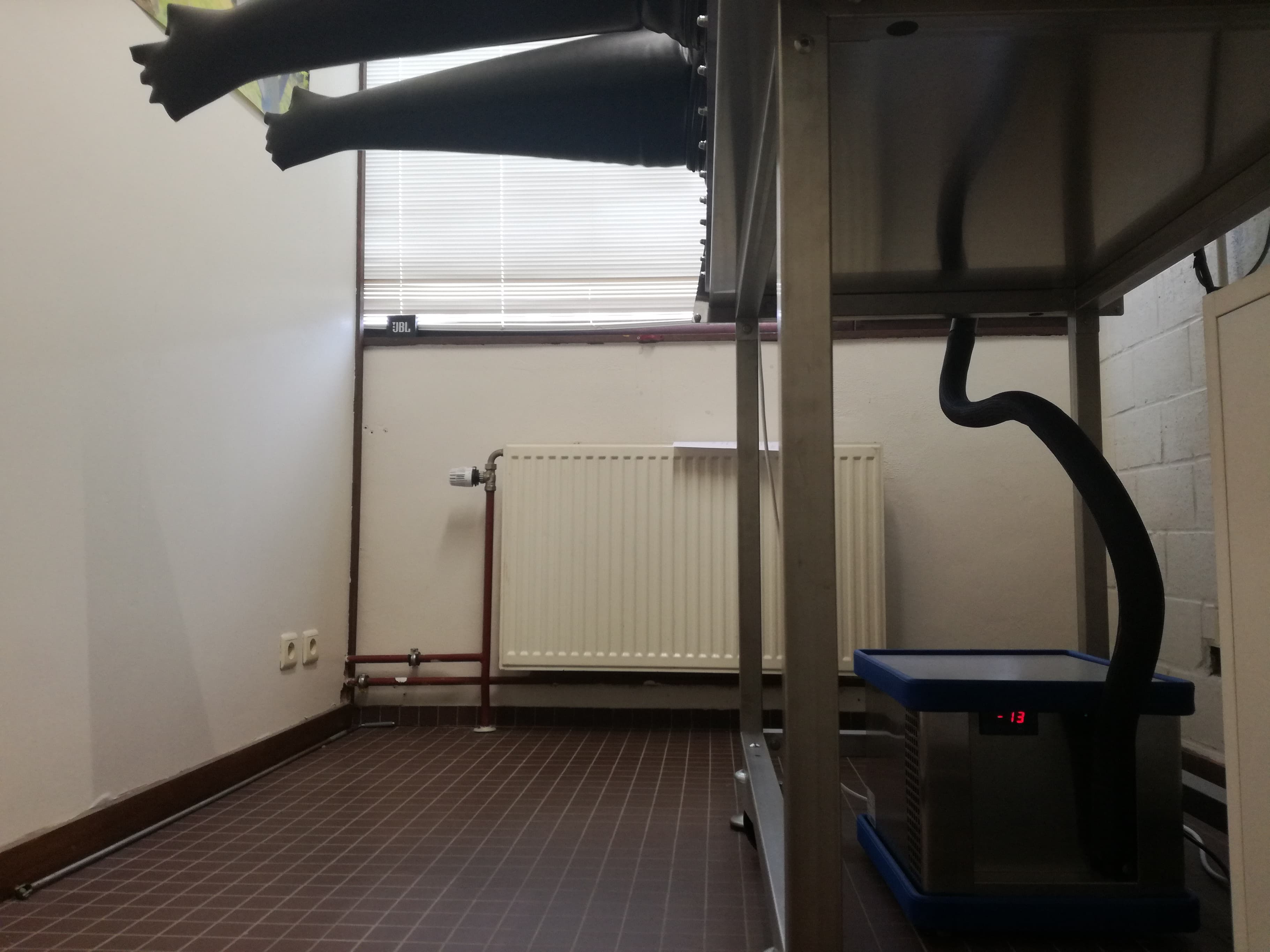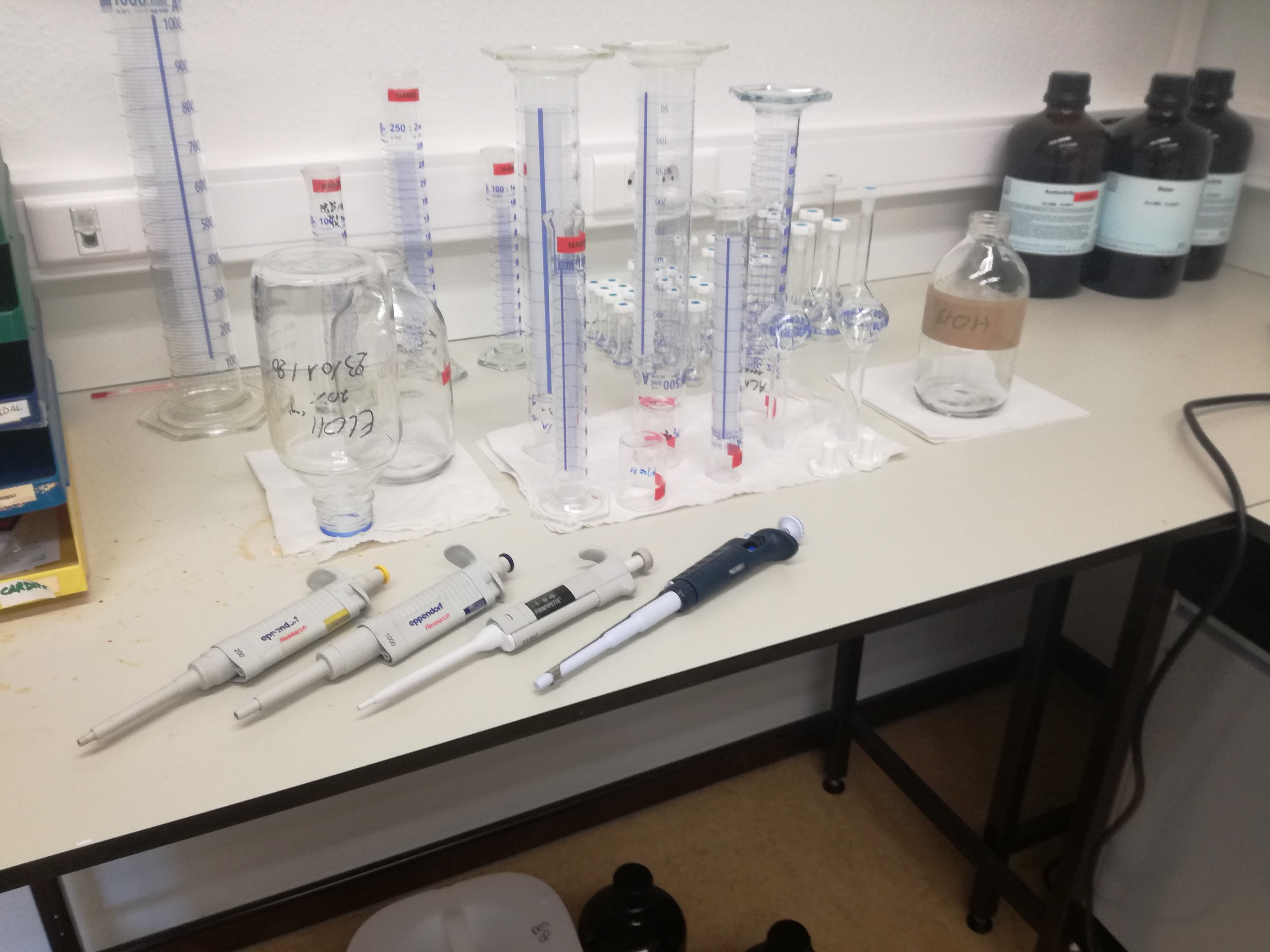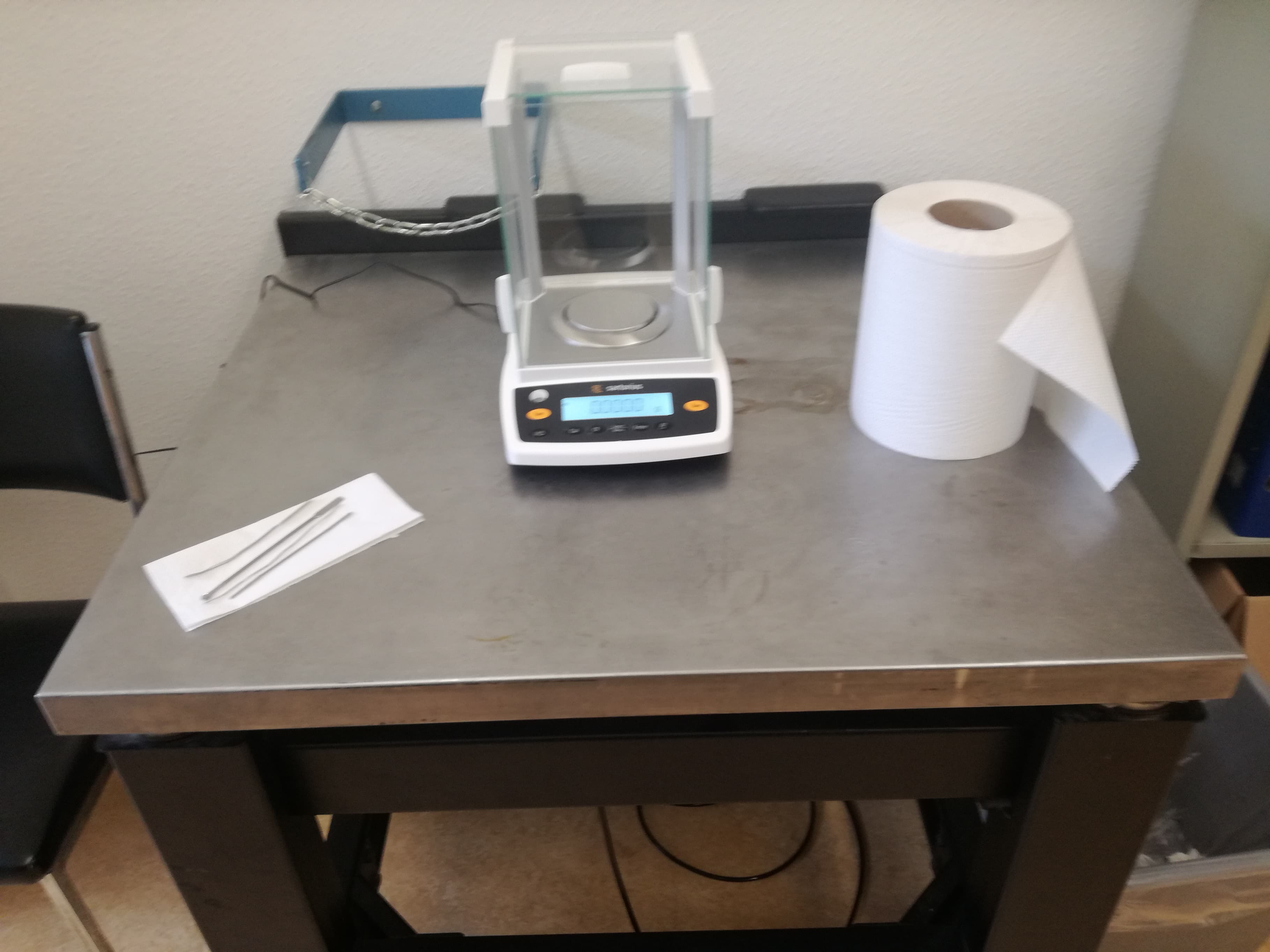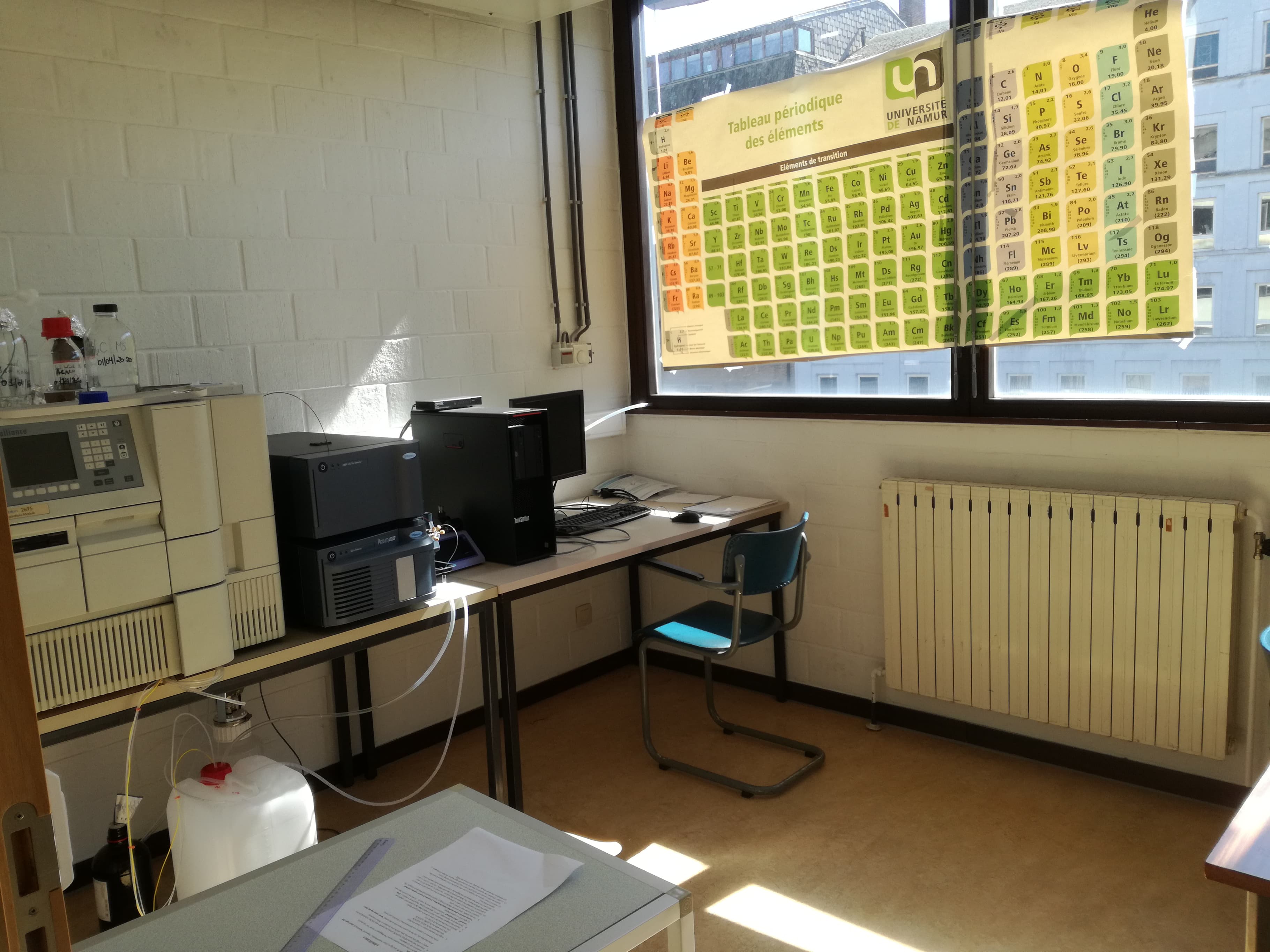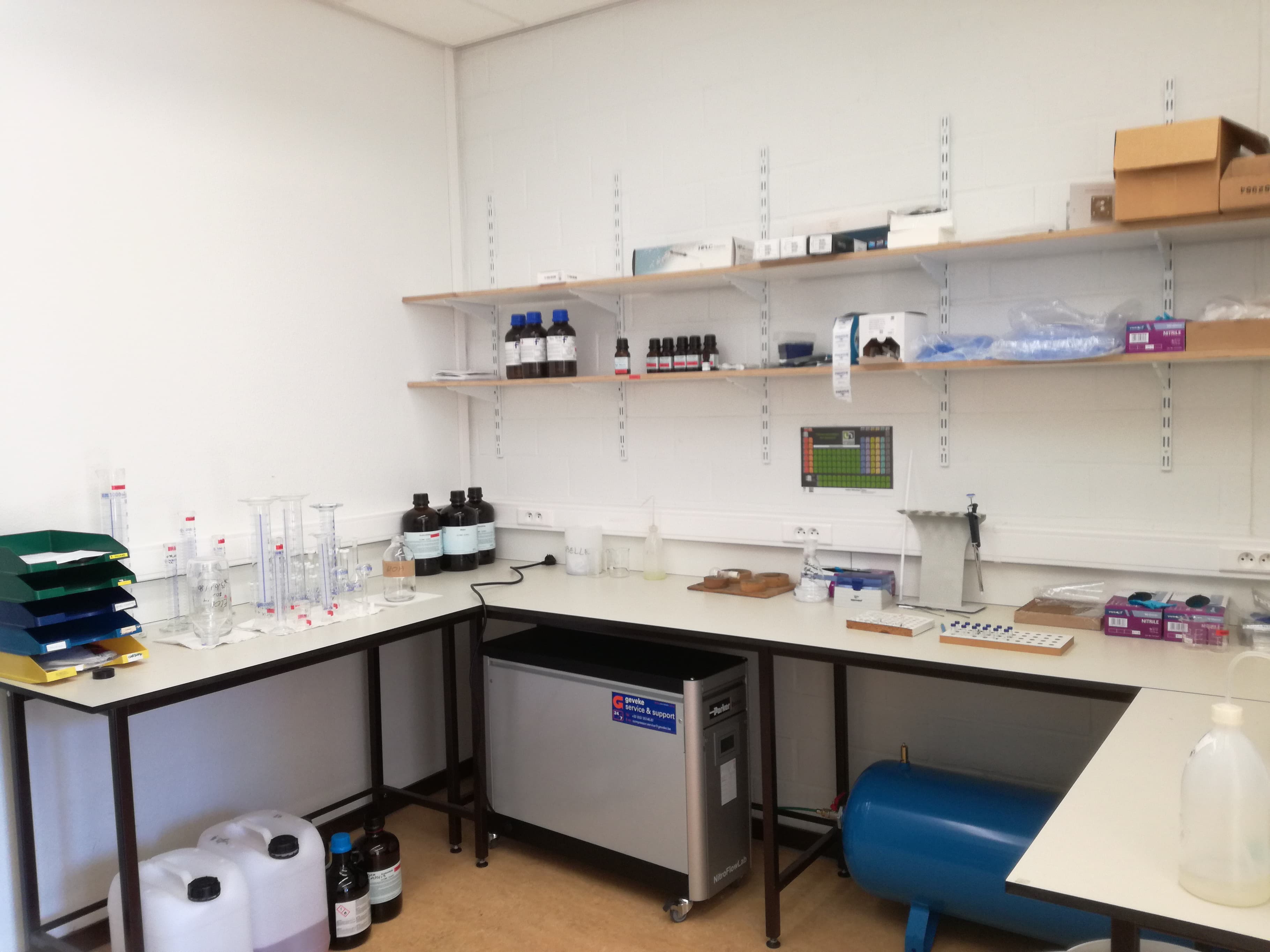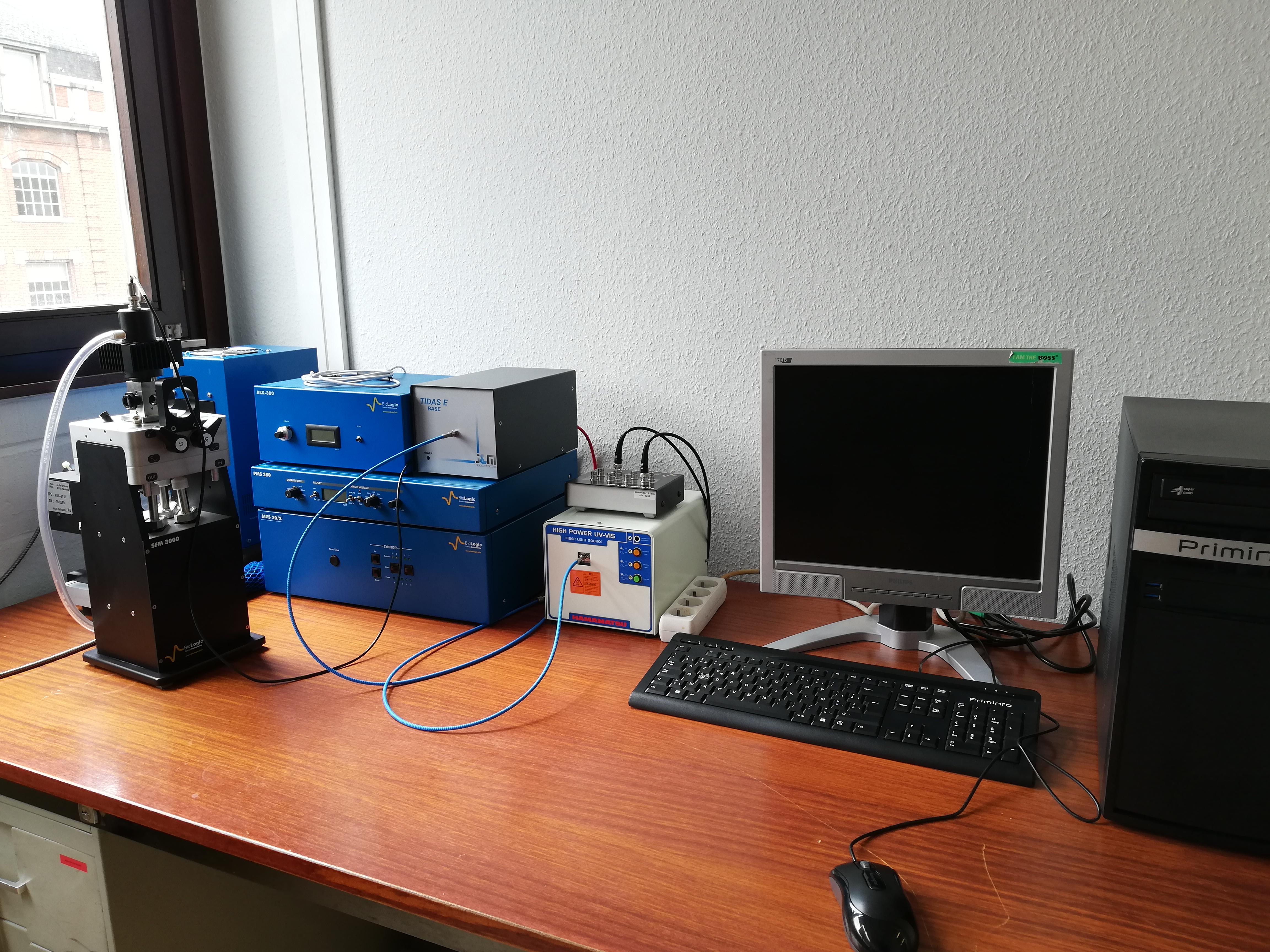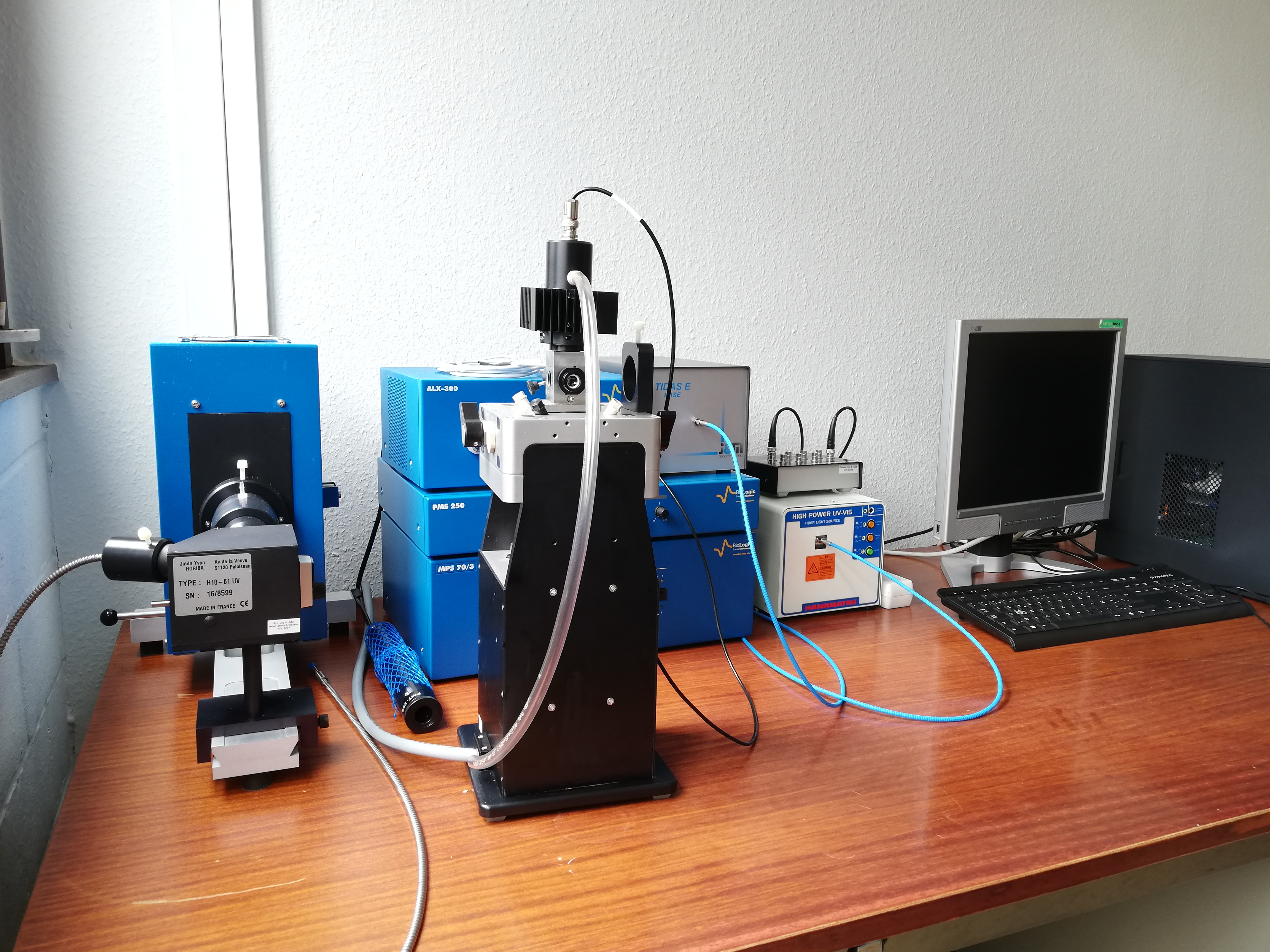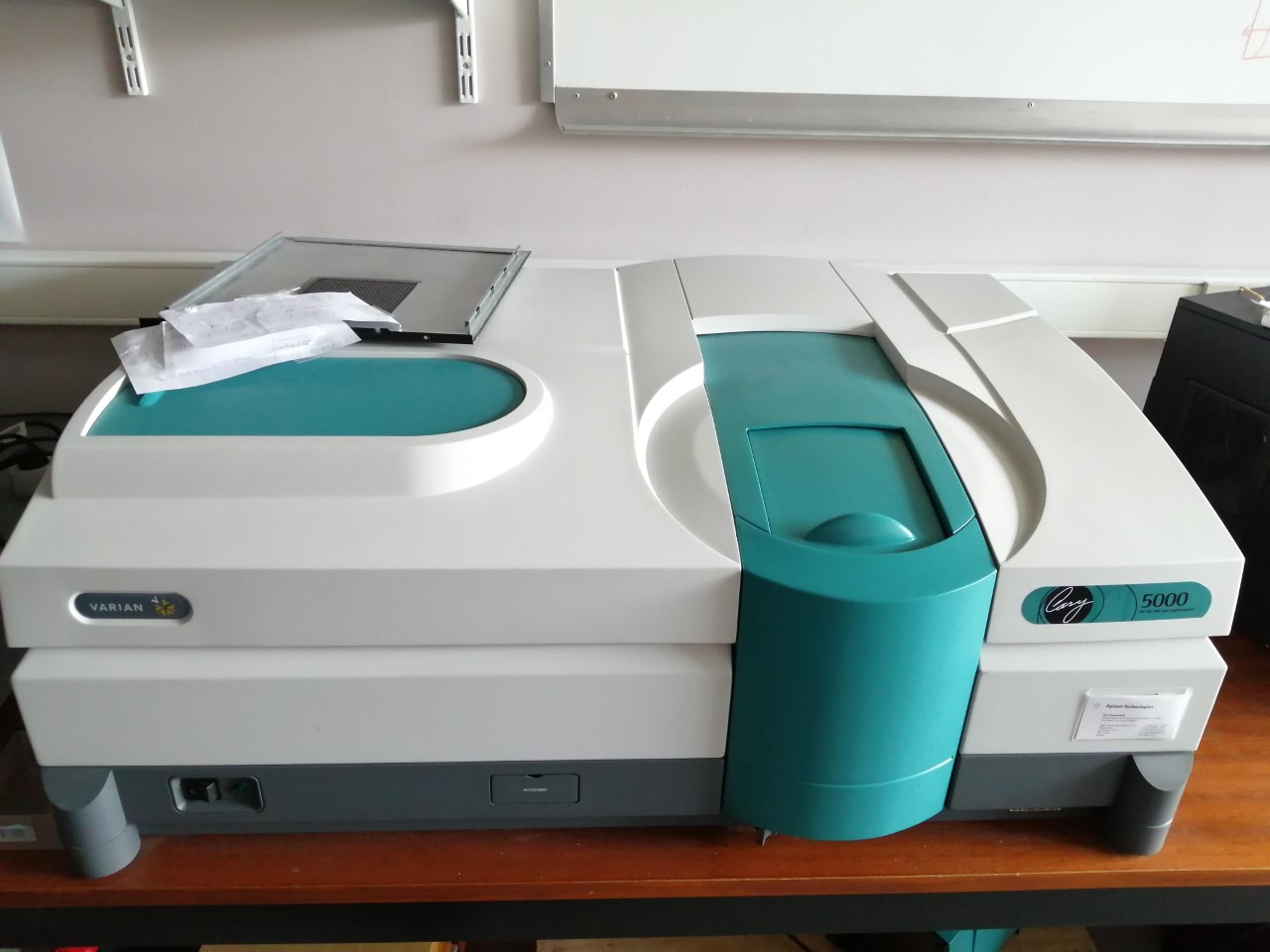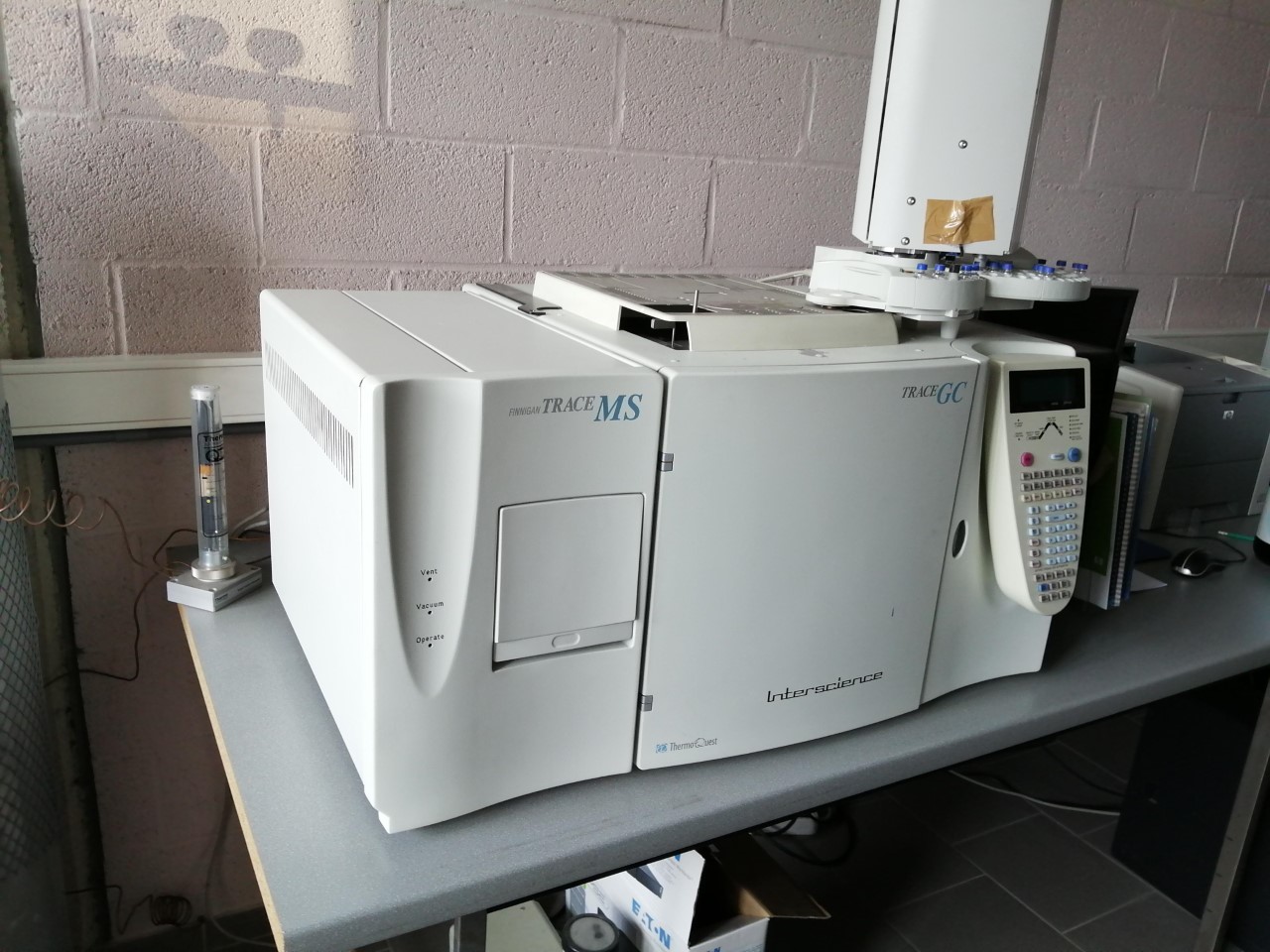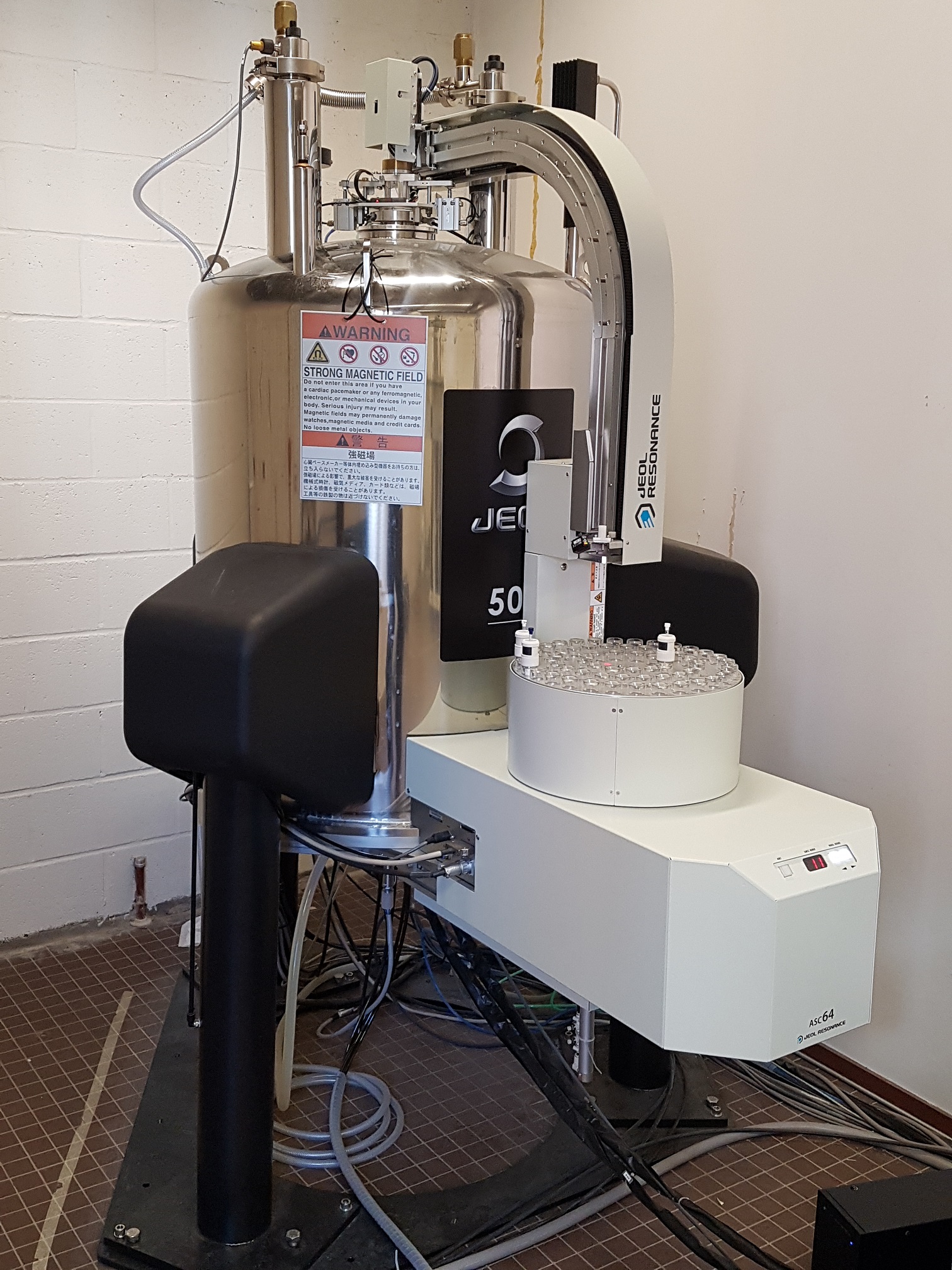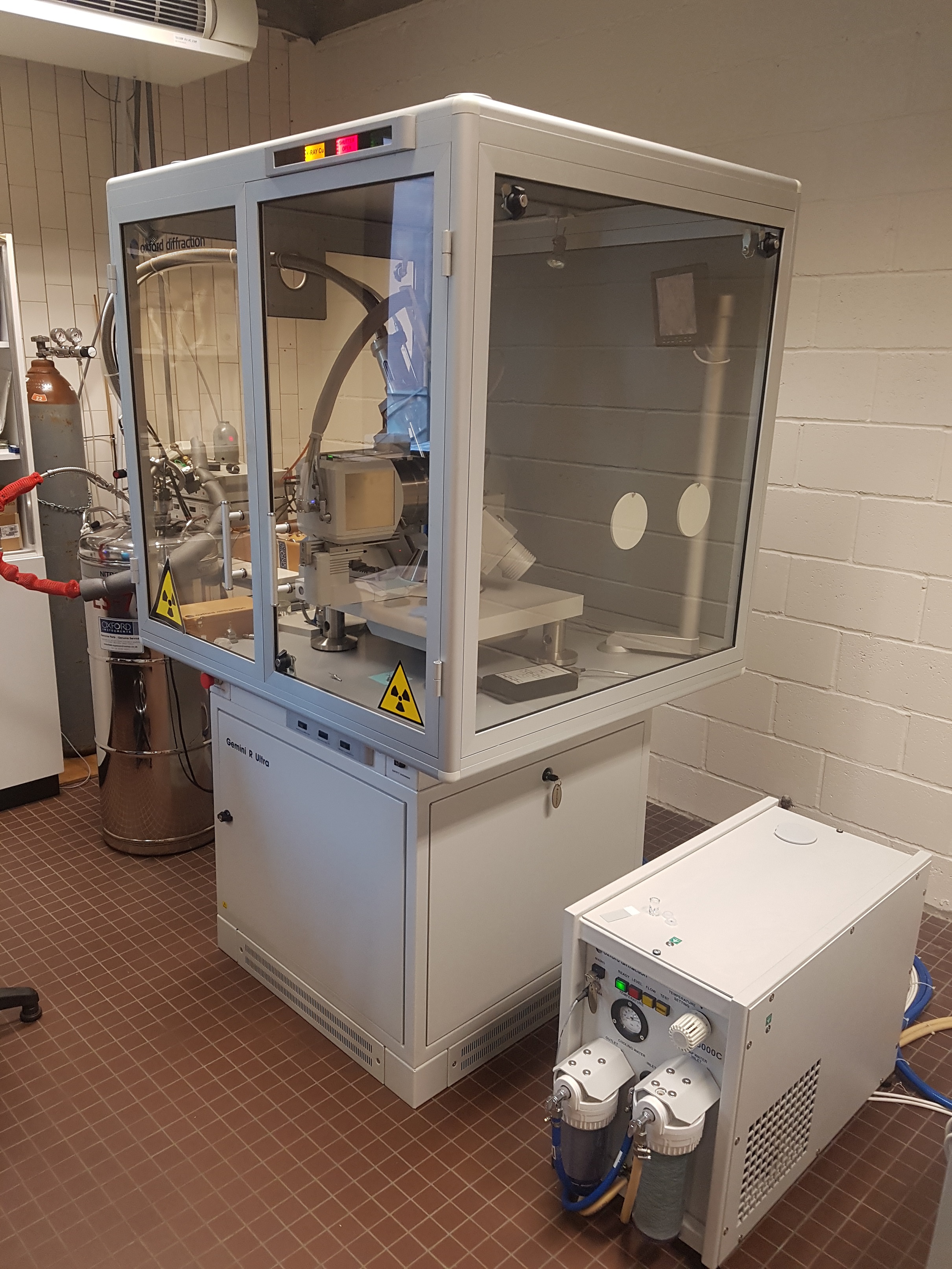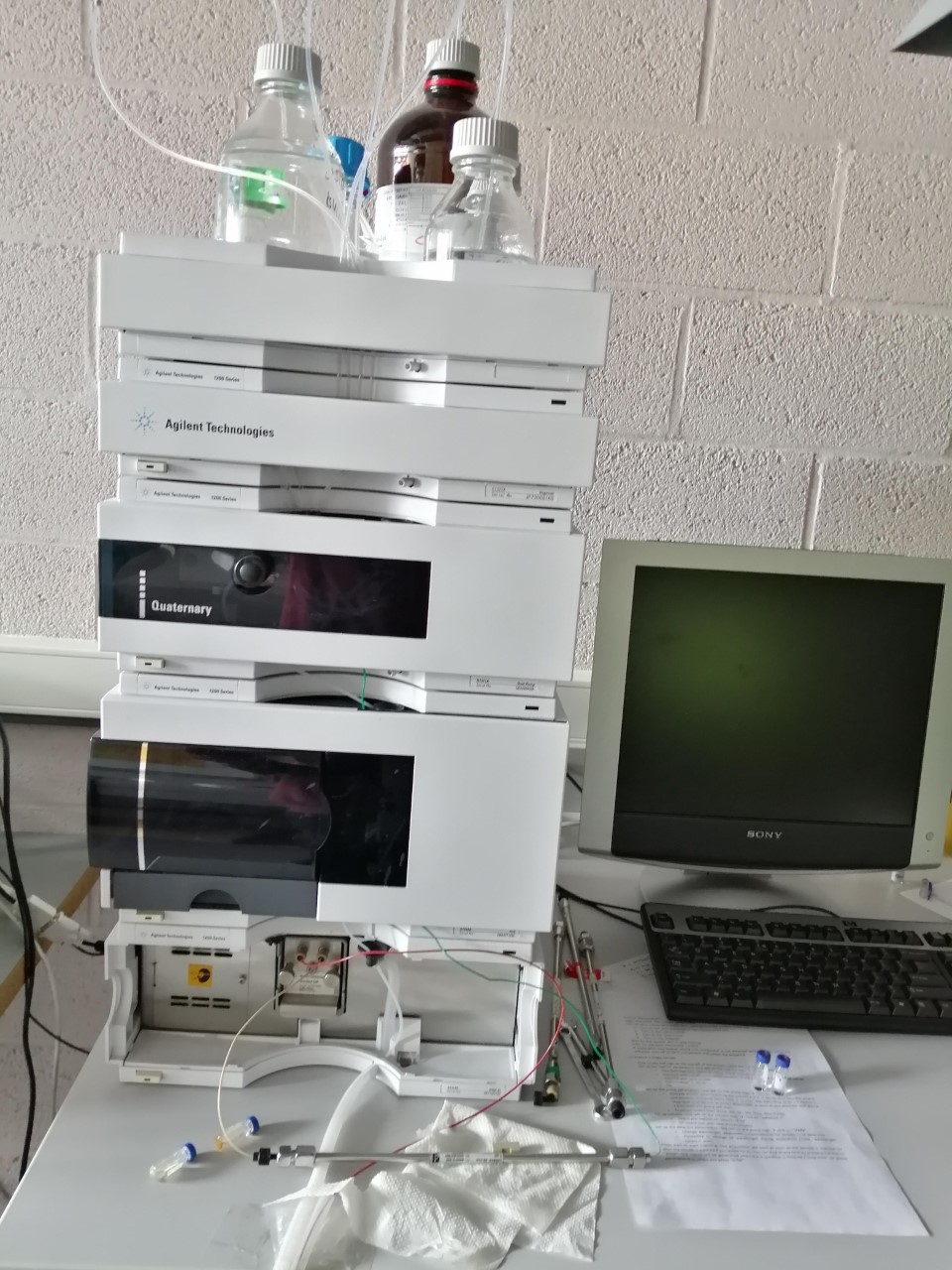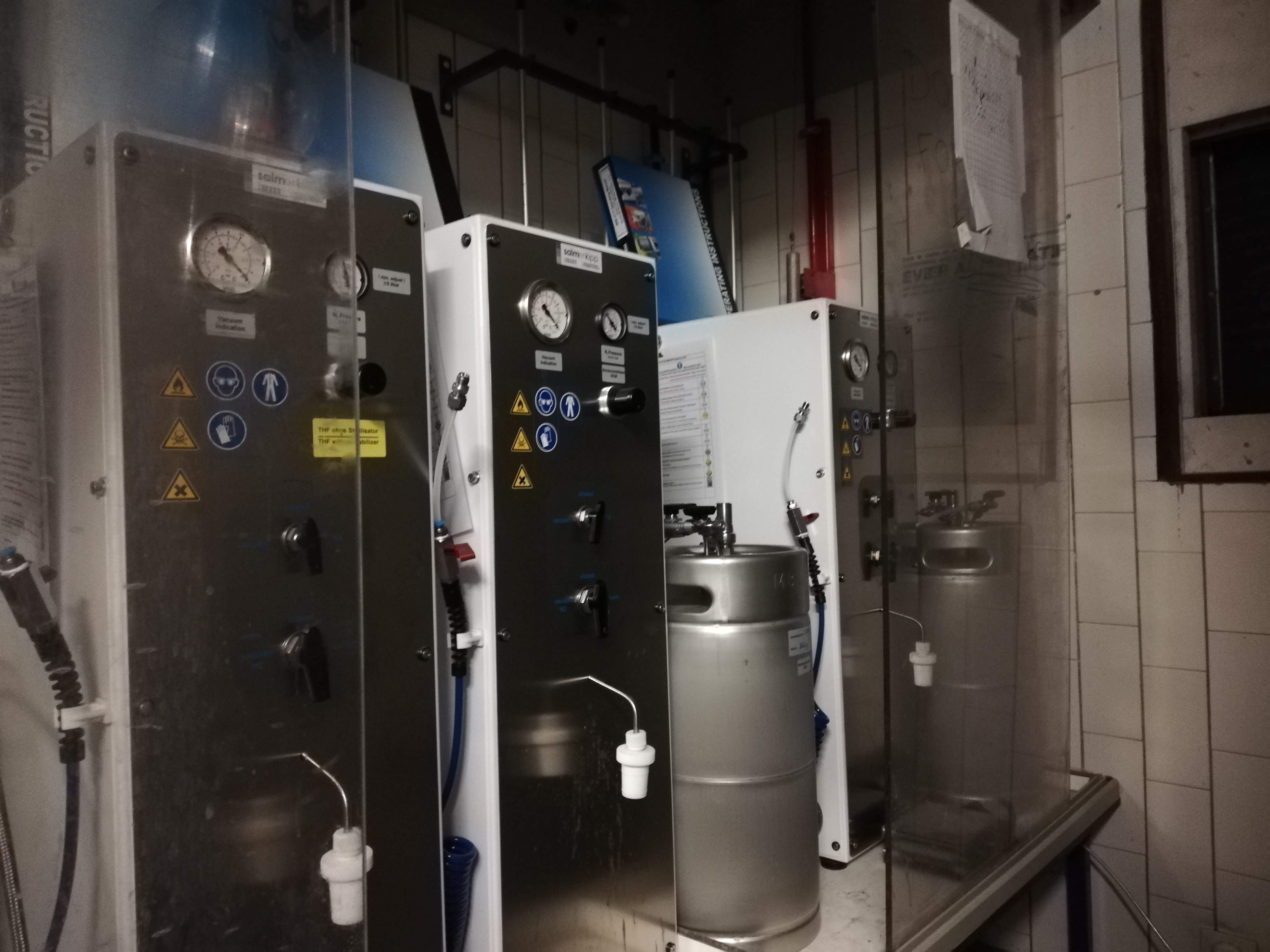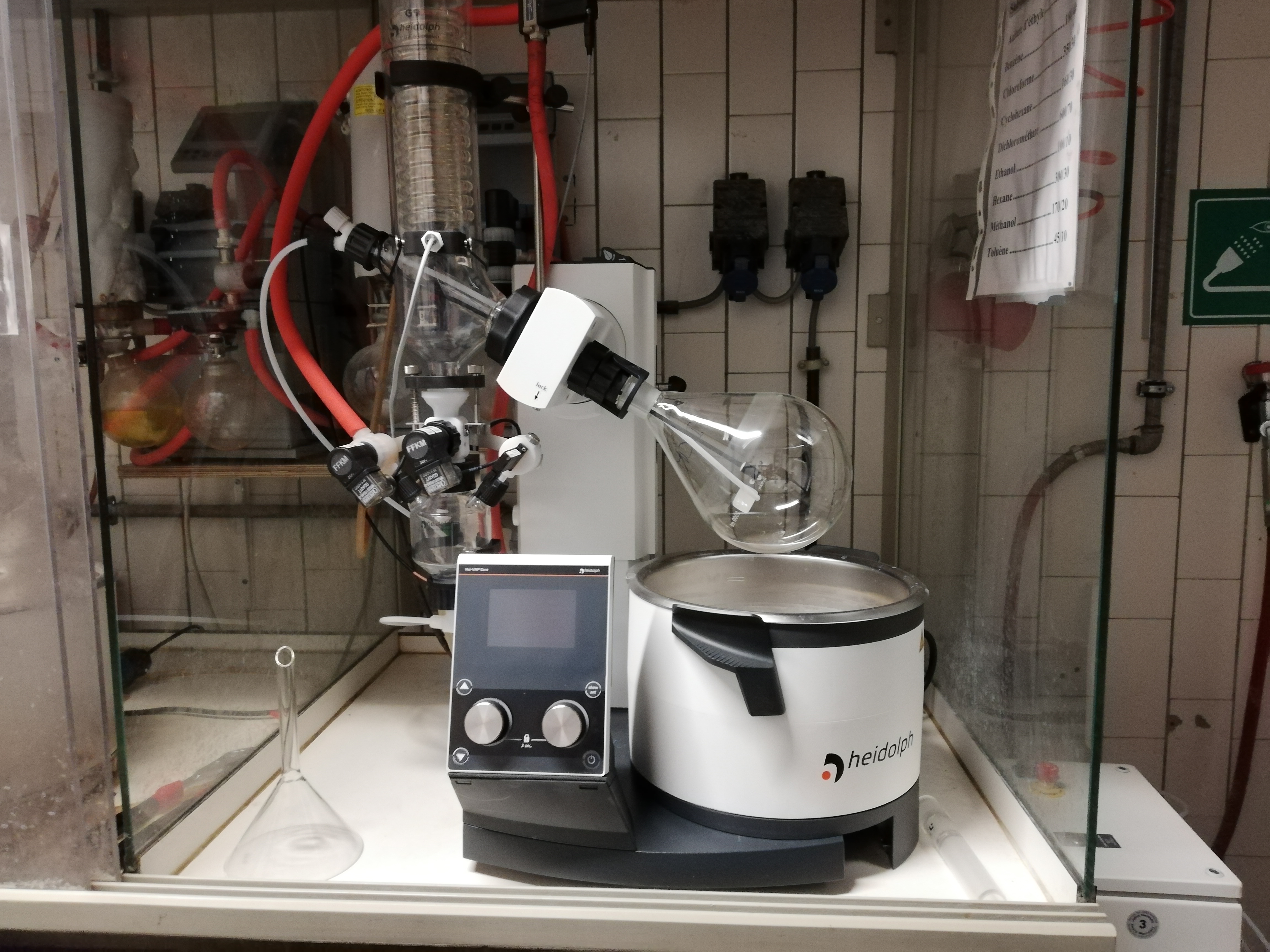Laboratoire de Réactivité et Catalyse Organique (RCO, Professeur Guillaume Berionni)
Laboratories 1&2
The RCO team has two laboratories equipped with 10 fume hoods designed for organic and organometallic compounds synthesis.
|
|
|
Laboratory 3
In addition to two fume hoods dedicated to synthesis, this laboratory is equipped with a hydrogenation reactor and a low pressure (<50 bar) multi-gas autoclave (H2 ,CO2 ,CH4 , NO2 , N2) allowing to screen and evaluate the ability of new Boron based and organometallic catalysts to activate small gas molecules.
|
|
|
|
In the back of the laboratory is also a high performing glove-box with a built-in refrigerator and a high precision scale allowing to manipulate, stock and weigh air-sensible and moist-sensible catalysts in optimal conditions.
|
|
|
Laboratory 4
This last laboratory is divided into two rooms. The first one, the samples preparation room, is equipped with precise measurement glassware, micropipettes and a high precision scale.
|
|
|
|
The second room is equipped with a HPLC-UV-MS (connected to a N2 generator) and a stopped-flow (with a UV-Fluo detector, a PDA, a temperature control system and an automatic titrator).
|
|
The HPLC-UV-MS(Qda) is a versatile system allowing to take advantage of the chromatography separation with UV detection while benefiting the sensivity and specificity of mass spectrometry. It is an interesting system to do daily analysis on your synthesis to identify different compounds and byproducts.
|
|
|
|
The stopped-flow is a rapid mixing kinetic instrument to study fast reaction in solution in a 1ms to few seconds time window. Two or three reagents are mixed then “stopped” in a UV-florescence observation cell where the light signal variation will be measured through time. The kinetic analysis allows us to determine the reaction speed and to obtain information on complex reactional mechanisms.
|
|
|
Common Laboratories
Structural characterization can also be done in the UCO analytical laboratory (UV/Vis spectrometer, fluorimeter, IR spectroscopy …) and with some advanced structural analyzing technologies made available by the NIMS and the PC2 platform (NMR, X-ray crystallography, ICP, HR-MS, microanalysis…)
|
|
|
|
|
|
|

